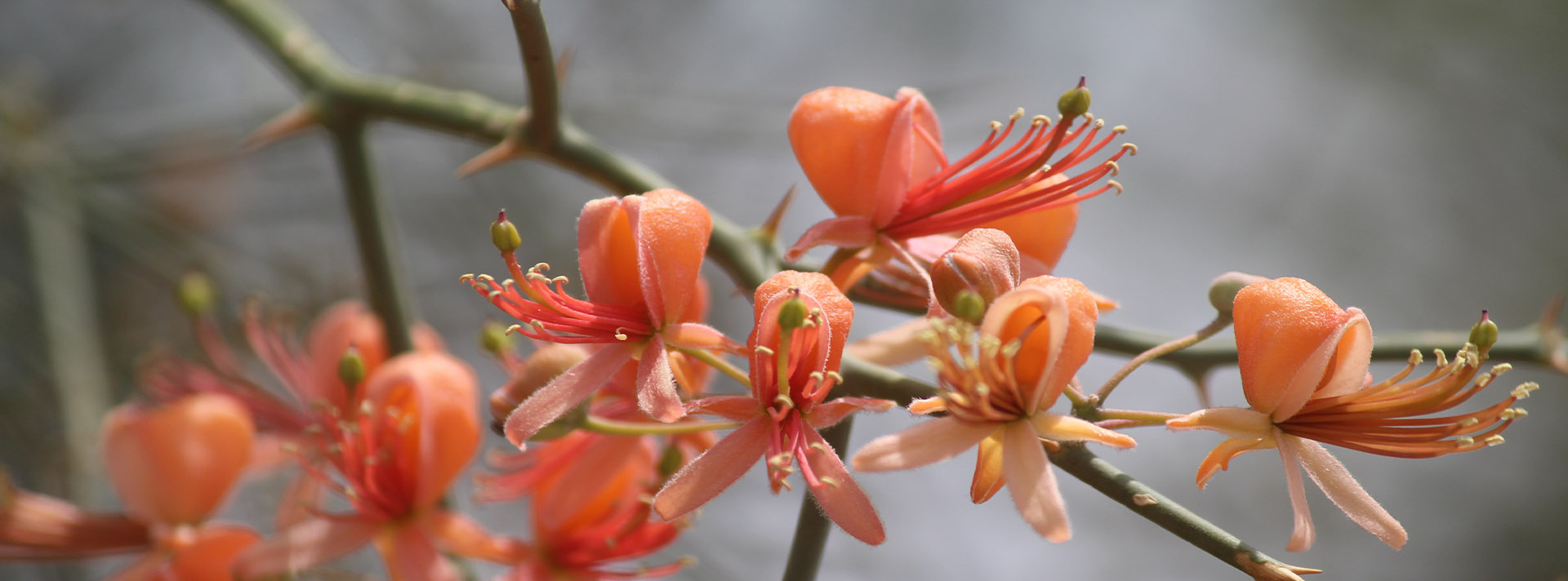Punjab is a one of smallest state located in the northern part of India contributing about 1.5% area of country and is a part of Indo-Gangetic alluvial plains formed due to the sediments deposits of rivers and its tributaries. Punjab can be divided into 3 physiographic regions, namely; Sub-mountainous Himalayas- Shivalik Hills, Central & Eastern Alluvial plains and Western Semi-arid Area. The climate of the State is tropical, semi-arid, hot and subtropical monsoon type with cold winter and hot summer. Despite its small size, Punjab has an extraordinary amount of diversity in both terrestrial and aquatic habitats.
Key Facets of Biodiversity in Punjab
- Predominantly cropland ecosystem with 84 % area under agriculture
- 5.93% of Total Geographic Area under Forest Cover (3.67 %) and Tree Cover (2.26 %) (ISFR – 2021)
- Six (6) wetlands of International importance (Ramsar sites) – Harike, Ropar, Kanjli, Keshopur Miani Community Reserve, Nangal and Beas Conservation Reserve
- Large number of flora and fauna recorded from forests area, agricultural areas & wetlands
- Rich in crop and domesticated animal diversity • Shivalik area comprising of sub-mountainous zone of Districts of Gurdaspur, Hoshiarpur, Pathankot, S.B.S Nagar and Ropar acts a biodiversity hot spot
- Protected Area Network includes 13 Wildlife Sanctuaries, 4 Community Reserves, 5 Conservation Reserves and 5 Zoological Parks
- 4 Biodiversity Rich Gardens
- Many Sacred Groves & Biodiversity Rich Sites outside the Protected Area Network

State Symbols of Punjab: Govt. of Punjab has notified the following Flora & Fauna as State Symbols to create awareness, promotion and conservation of Biodiversity and wildlife;
| State Symbols | Scientific Name | Vernacular Name |
|---|---|---|
| State Tree | Dalbergia sissoo | Tahli/ Shisham |
| State Animal | Antelope cervicapra L. | Kala Hiran /Black Buck |
| State Bird | Accipiter gentilis | Baaz/ Northern gowshak |
| State Aquatic Animal | Platanista gangetica minor | Indus River Dolphin |


